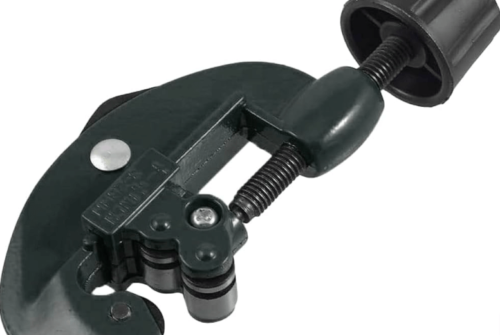
Machining is a vital process for many industries, from automotive manufacturing to fabricating tools or just making a few cuts in sheet metal. Whether you’re looking for precision, accuracy, or speed, there are several different types of machining processes that can help you achieve your desired outcome.
But how do you decide which type of machining is right for the job? The answer lies in understanding the capabilities and limitations of each process and then carefully considering the particular application requirements.
In this blog post, we will discuss three popular machining techniques: boring, turning, and milling. We’ll explore the advantages and disadvantages of each method of machining so that you can make an informed decision about which one will best suit your needs!
Choose between boring and turning
When it comes to making choices, it can often feel like we’re stuck between a rock and a hard place. The decision between boring and turning is no different. On one hand, choosing the boring option may seem safe and predictable. But on the flip side, turning may offer a chance to expand our horizons and try something new.
Ultimately, the decision depends on your goals and what you hope to achieve. If you’re looking for stability and consistency, then perhaps sticking to the familiar is the way to go. However, if you’re on the hunt for excitement and growth, then turning is the perfect choice to help you reach for the stars. It may not be an easy decision, but it’s certainly one that can be rewarding in the long run.
Consider the size of the workpiece
Before starting any project, it’s important to consider the size of the workpiece and choose the right machine to accommodate it. Using the wrong machine could lead to a variety of issues, from damage to the workpiece to a complete failure to complete the project.
By carefully selecting the right machine, you can ensure that your workpiece is properly secured and protected, allowing you to create the finished product you envision. Whether you’re working with large sheets of metal or small, delicate pieces, taking the time to choose the right machine will make all the difference in the end result.
Explore options for automation
In today’s fast-paced world, automation is increasingly becoming the norm across various industries. Automation offers several benefits, including increased efficiency, reduced costs, and improved accuracy.
However, before implementing an automated process, it is crucial to determine if it is well-suited to your business needs. Factors such as the complexity of the process, the size of your organization, and the resources available all need to be considered.
By exploring your options for automation, you can determine the best course of action for your business and ensure that the benefits of automation outweigh its possible drawbacks.
Select a CNC machine
Whether you’re an industrialist or a hobbyist, selecting the right CNC machine can make all the difference in the success of your project. CNC, or Computer Numerical Control machines have transformed the world of manufacturing by allowing for greater precision and accuracy.
With so many options available, it’s important to research and find the model that best suits your project’s requirements. Doing so will not only save you time and money, but it will also result in a better end product.
Take some time to evaluate the functionalities you need and search for the models that offer them. Once you find the right CNC machine for your project, you’ll be able to achieve your goals efficiently and effectively.
Consider post-processing considerations
After putting hours of work into perfecting a project, the last thing you need is a disappointing result due to a lack of post-processing considerations. It’s crucial to take the time to assess whether extra steps will be needed before shipping.
By doing so, you can ensure that every detail is polished and looks its very best. With post-processing, you can enhance the colors, improve the clarity and sharpness, and correct any errors, giving your project a professional and refined look. Don’t leave anything to chance; factor in the extra time it takes to process your project and ship with confidence.
In order to ensure the success of a machining project, it is important to determine what type of machining is necessary for the job, choose between boring vs. turning, consider the size of the workpiece, and explore options for automation.
With just a bit of research and preparation, you can take all the right steps to ensure that your next machining project meets or even exceeds expectations!




